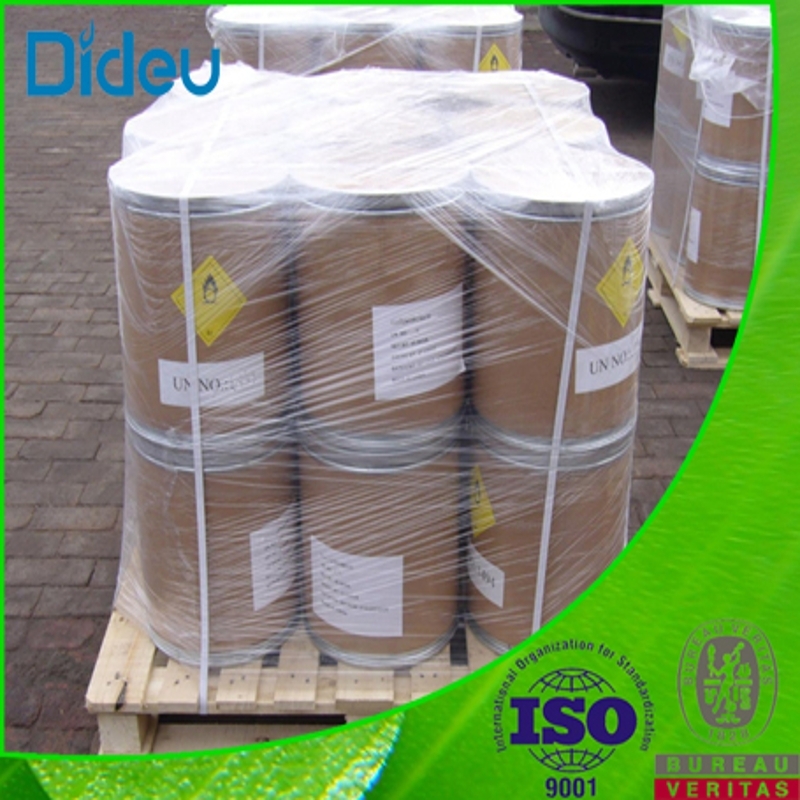-
Categories
-
Pharmaceutical Intermediates
-
Active Pharmaceutical Ingredients
-
Food Additives
- Industrial Coatings
- Agrochemicals
- Dyes and Pigments
- Surfactant
- Flavors and Fragrances
- Chemical Reagents
- Catalyst and Auxiliary
- Natural Products
- Inorganic Chemistry
-
Organic Chemistry
-
Biochemical Engineering
- Analytical Chemistry
-
Cosmetic Ingredient
- Water Treatment Chemical
-
Pharmaceutical Intermediates
Promotion
ECHEMI Mall
Wholesale
Weekly Price
Exhibition
News
-
Trade Service
Sex differences in cardiovascular disease (CVD) have long been in the
Introduction to the study
To determine whether the high risk of CVD in women with type 2 diabetes is partly due to increased ovarian androgen production, a study was conducted in the United States to assess whether a history of bilateral ovarian salpingectomy (BSO) is inversely associated
The researchers used data
Lead investigator Dr.
The team's previous study showed an increase
Dr.
Sex hormones and cardiovascular disease
Sex hormones are mainly synthesized by the gonads, and in men there is mainly testosterone, as well as a small amount of dihydrotestosterone, androsterone and androstenedione, as well as a small amount of progesterone; In women, it is mainly 17β estradiol, estrone, progesterone, 17 hydroxyprogesterone and pregnenolone, as well as a small amount of dehydroepiandrosterone, androstenedione and testosterone, the latter two are intermediate products of the estradiol synthesis process, usually do not accumulate
Sex hormones have a wide range of effects, most tissues in the human body have sex hormone receptors, sex hormones through these receptors to regulate the function and metabolism of tissue cells, and are closely related to
CVD is a multifactorial disease that is related
Endogenous estrogen has a protective effect on the cardiovascular system, and recent studies have shown that the role of ovarian secretion of androgens on women's cardiovascular system cannot be ignored
Other studies have shown that decreased androgen levels in men and elevated androgen levels in women are associated with abdominal obesity, insulin resistance, type 2 diabetes, elevated triglycerides (TG), elevated LDL-Cholesterol (LDL-C), decreased HDL cholesterol (HDL-C), and elevated plasminogen activator inhibitor 1, but the administration of exogenous androgens has no significant benefit
A 2007 Australian study evaluating the effects of endogenous androgens and sex hormone-binding proteins (SHBG) on lifelong cardiovascular risk in women showed that endogenous testosterone and preadrenal androgens are not by themselves significant independent determinants
Overall, when endogenous sex hormones are in the physiological range, they do not have much adverse effects on the cardiovascular system, and when their equilibrium state is broken, it will cause an increase
Sex hormones and diabetes
Animal studies have shown that females are much less likely to develop diabetes than males, with the incidence of diabetes decreased after the male animals had their testicles removed, and the incidence of diabetes increased
【Estrogen levels decreased】
In 2013, Dr.
【Elevated androgen levels】
There is substantial evidence that hyperandrogenemia is a risk factor
Cardiovascular effects of hormone therapy on women
【Androgen therapy】
Studies have shown that high androgen levels are associated with an increased risk of CVD in men, women with polycystic ovary syndrome, and athletes who abuse androgens, while decreased androgen levels in men after aging are also associated
with hypertension, diabetes, and atherosclerosis.
Postmenopausal women, especially those with ovariectomy, tend to have low levels of sex hormones and insufficient androgens, which are independently associated
with a higher incidence of atherosclerosis.
Androgen therapy is common in older men with low androgen levels and is effective in improving atherosclerosis
.
The use of androgens in menopausal women has become increasingly common in recent years, but its cardiovascular benefits for older women remain unclear
.
Studies have shown that impaired vascular endothelial function in postmenopausal women is associated with both estrogen and testosterone decline, and testosterone supplementation with estrogen replacement therapy can significantly improve vascular function
.
【Estrogen therapy】
The results of a 2003 women's health study showed that menopausal women who did not receive HRT had lower SHBG levels and higher
free androgen index (FAI) than those who did not.
Menopausal women who received estrogen therapy had or did not have a CVD event, and there was no significant difference in
SHBG and FAI levels.
Estradiol levels in menopausal women are not associated with CVD risk, regardless of whether HRT is received or not
.
The Women's Health Action (WHI) results show that HRT not only has no protective effect on CVD in healthy postmenopausal women, but also increases the risk
of coronary heart disease and ischemic stroke.
However, a secondary analysis of its data found that women who received HRT during near-menopause had a reduced
risk of CVD.
Early estrogen prophylaxis studies (KEEPS) have also confirmed that HRT in women near menopause and early menopause can delay the progression of atherosclerosis and reduce the risk of
CVD.
Based on recent research, the theory of "window period" of estrogen application has gradually taken shape
.
In perimenopause, HRT can effectively delay or even reverse the progression of cardiovascular lesions, and in the late menopause, atherosclerotic plaques have formed, and estrogen, instead of playing a protective role, leads to plaque shedding through dilated blood vessels and inflammatory responses, causing embolism
.
Therefore, in 2013, the International Menopause Association issued a consensus that standard doses of estrogen alone can reduce coronary artery disease and deaths
from various causes in women under 60 years of age and less than 10 years of menopause.







